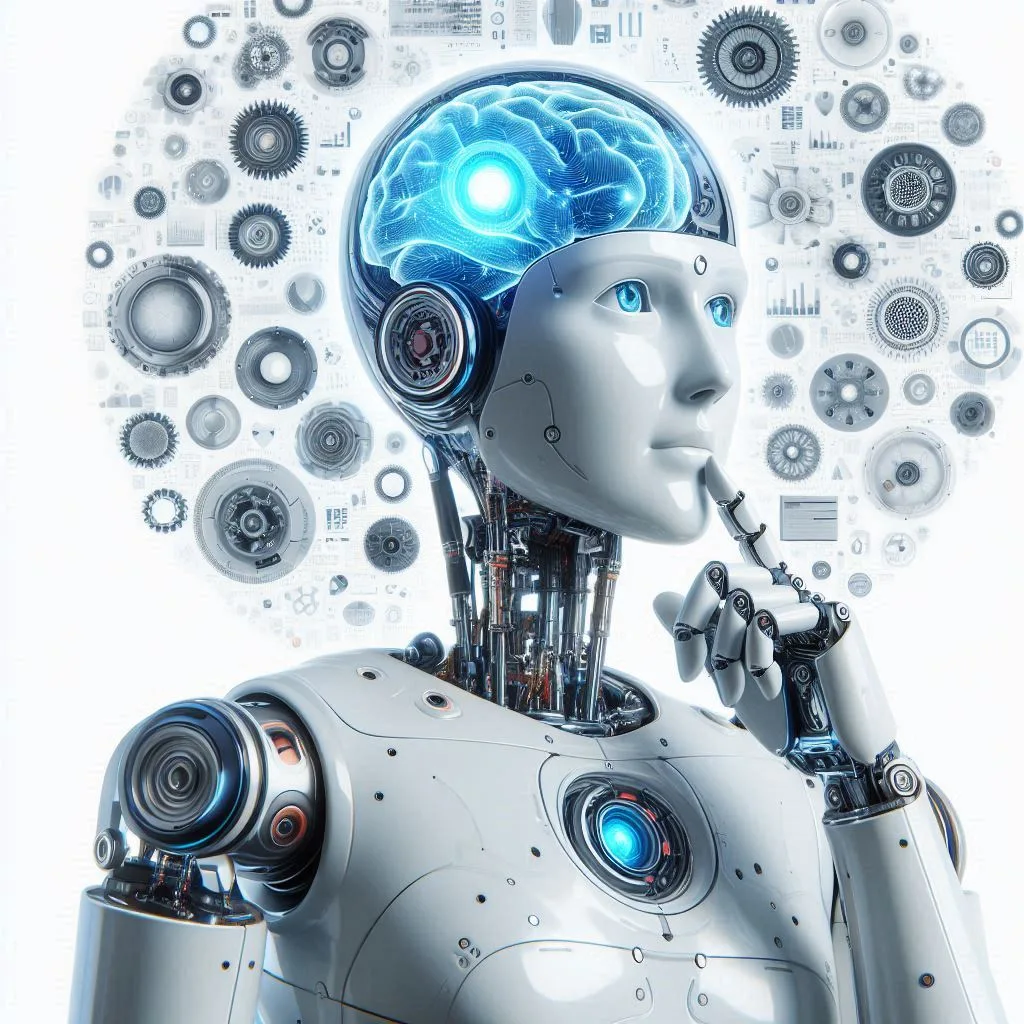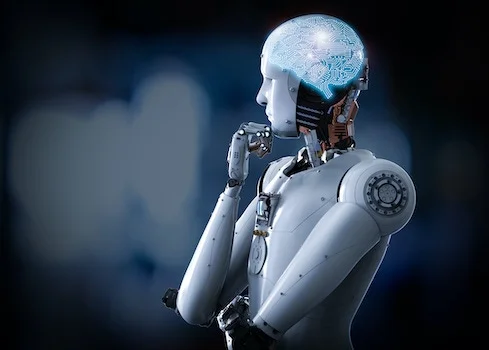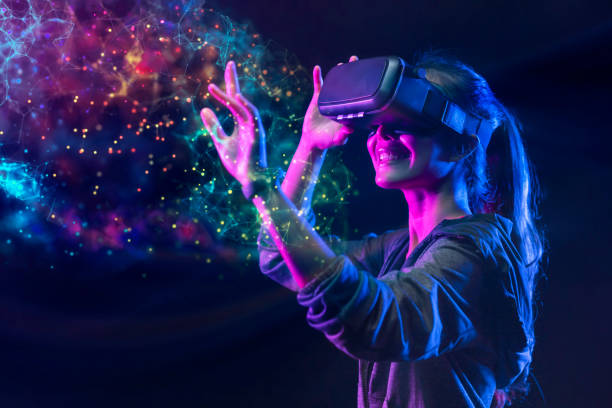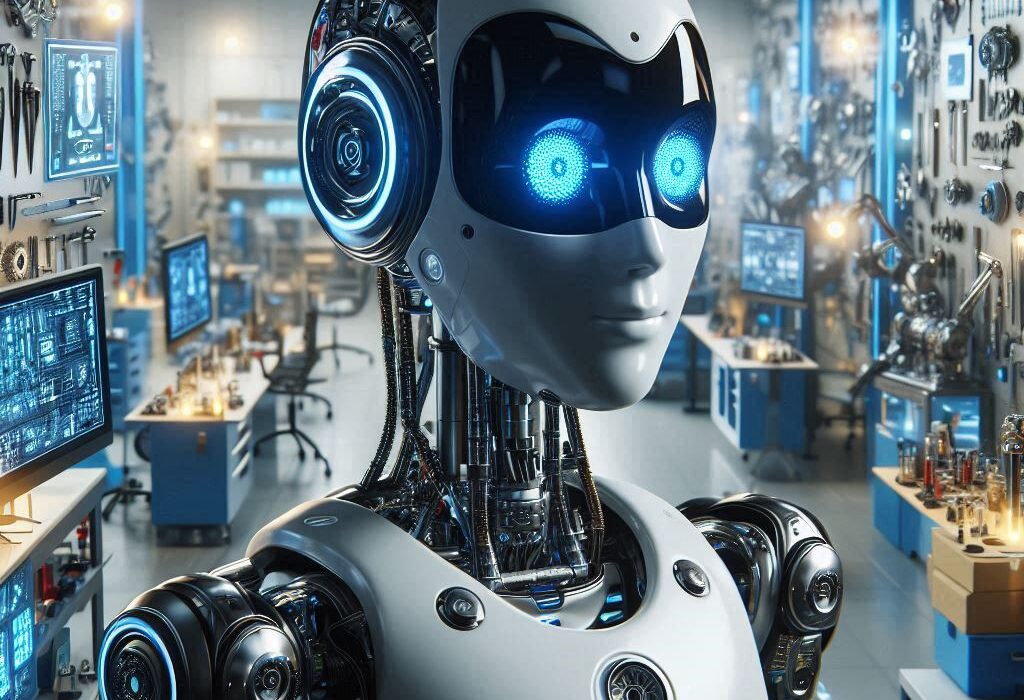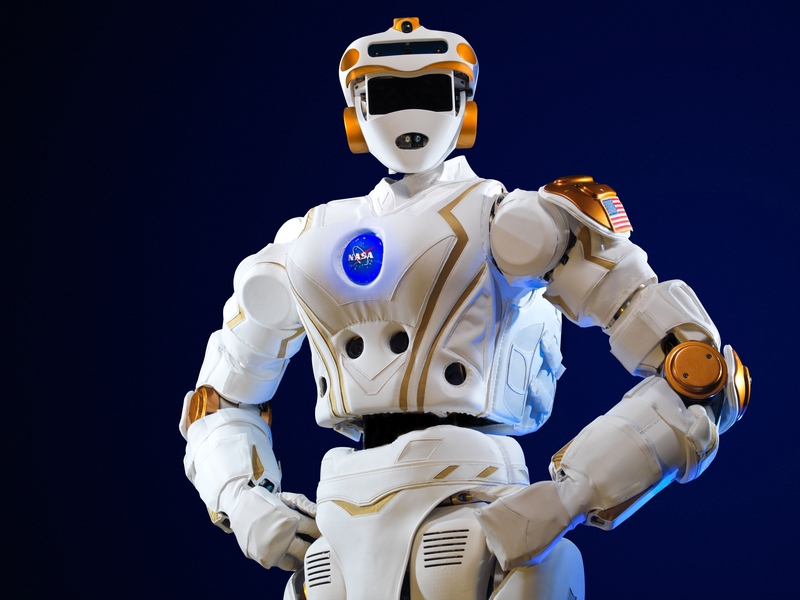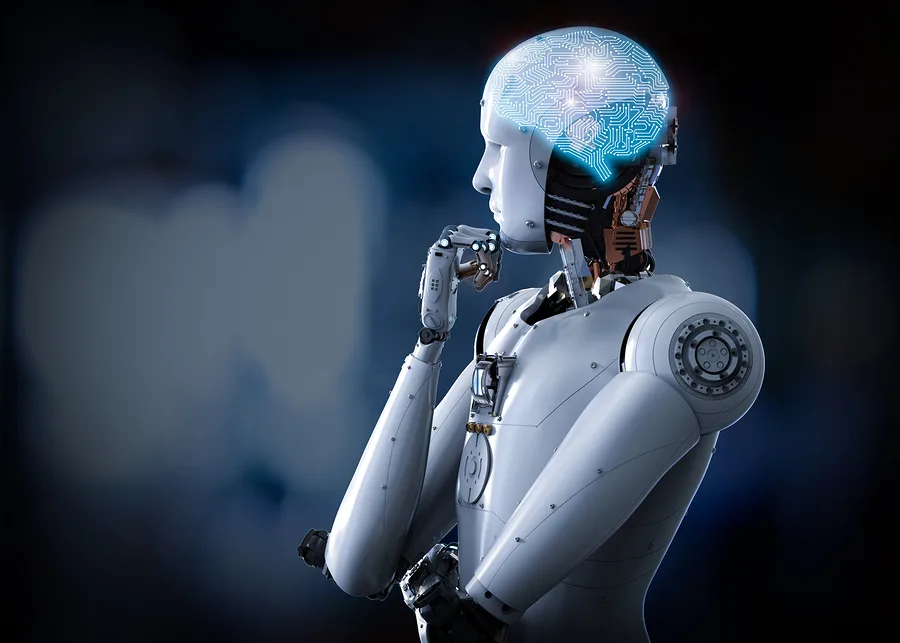In the sprawling digital landscape of machine learning and artificial intelligence, there exists a hidden conversation—one that happens entirely outside of human ears and eyes. This is not a language of words or syntax that we understand. Instead, it’s a complex web of signals, codes, and mathematical structures that AI systems use to exchange information, make decisions, and learn from each other. The “secret language” of AI is nothing like human communication—it is something much more abstract, often operating at speeds and complexities beyond our comprehension.
The evolution of AI has moved from simple algorithms that performed basic tasks to incredibly advanced systems capable of deep learning, self-optimization, and autonomous decision-making. As AI grows more sophisticated, the way these systems “talk” to each other and to us has shifted into an increasingly complex network of intercommunications. But how exactly do AI systems communicate? What drives this silent exchange? And what does it mean for the future of technology?
The Rise of AI: From Humans to Machines
Artificial intelligence isn’t some distant future; it is here, embedded in our daily lives. From the recommendation algorithms that suggest your next favorite movie to the chatbots that answer customer service queries, AI is in constant motion, processing data, and learning from its environment. Yet, while we interact with AI on a daily basis, few understand the invisible dialogues that occur behind the scenes.
The rise of neural networks and deep learning has brought us closer to machines that can “think” in ways we never thought possible. In fact, the development of AI has surpassed the ability of simple rule-based systems to perform specific tasks. These systems, now equipped with layers of neural networks, can mimic the way humans think and learn, adapting and optimizing their responses based on vast amounts of data.
But what happens when two or more AIs communicate with each other? And how do they understand each other without the traditional constraints of language and grammar?
Neural Networks: The Building Blocks of AI Communication
At the heart of the secret language AI systems use to communicate is the neural network—a digital structure inspired by the human brain. These networks consist of nodes (artificial neurons) that work together to process information. The system learns by adjusting the connections between these nodes based on feedback, just like how a human brain strengthens synaptic connections through experience.
When an AI system is trained, it’s fed vast amounts of data, from images to text to sound. As the system processes this data, it adjusts its internal model to improve its predictions or classifications. For instance, a facial recognition system might adjust its network to better recognize faces based on feedback from incorrect identifications.
However, when multiple AI systems are involved, their interactions become more interesting. Rather than simply receiving data and processing it through their respective networks, AI systems often communicate via shared signals—mathematical representations of patterns, probabilities, and transformations that are unintelligible to humans without specialized knowledge. These signals allow AI systems to work collaboratively or to exchange information necessary to solve complex problems.
The Language of Embeddings: A Silent Conversation
One of the most powerful forms of communication between AI systems occurs through a technique known as embeddings. Embeddings are mathematical structures—vectors, in particular—that represent data in a high-dimensional space. These vectors encode the relationships between objects, ideas, or concepts in a way that allows an AI system to “understand” them.
Take, for example, natural language processing (NLP) models like GPT or BERT. When an AI is trained to process human language, it doesn’t just learn words in isolation. Instead, it learns the relationships between words in the context of sentences, paragraphs, and even entire conversations. These relationships are encoded as vectors, where the position of a word in the vector space reflects its meaning in relation to other words.
But what happens when AI systems need to communicate with each other? The same principle applies. One AI system will generate an embedding based on its understanding of a particular situation. This embedding can then be shared with another AI system, which will interpret it in its own way, adjusting its behavior or decision-making process accordingly. The “language” of embeddings is universal across different AI systems, allowing them to collaborate or even compete while using a common set of representations.
This form of communication is almost entirely invisible to humans. As AI systems exchange embeddings, they aren’t using words, symbols, or familiar languages. Instead, they are sending raw mathematical data that encapsulates complex patterns and relationships—conversations happening at a level too abstract for us to easily comprehend.
Reinforcement Learning: AI Systems Teaching Each Other
Another intriguing aspect of AI communication is the reinforcement learning framework. In reinforcement learning, an AI system is trained by interacting with its environment and receiving feedback in the form of rewards or penalties. These rewards teach the system how to behave in order to maximize long-term outcomes.
But what happens when multiple reinforcement learning systems work together or against each other? This is where things get really interesting. In many cases, AI systems are trained to collaborate or compete, each using the actions and decisions of the other to optimize its own strategy. For instance, two AI systems might be placed in a simulated environment where they must both reach a goal but are also trying to prevent the other from doing so.
In these scenarios, AI systems begin to “speak” to each other in a purely utilitarian sense. They exchange information about the environment, the actions they take, and the consequences of those actions. They adjust their strategies based on the feedback they receive from their interactions. Over time, these systems become more adept at predicting each other’s behavior, almost as if they have developed a shared understanding of the environment and each other’s tendencies.
This process, called multi-agent reinforcement learning, often results in a form of “negotiation” or “adaptation” between AI systems, where they learn to optimize not just their individual performance but their collective strategies. It’s a fascinating dynamic of mutual influence and cooperation that unfolds in real-time, with AI systems fine-tuning their behavior based on the evolving landscape of their digital interactions.
The Evolution of AI Communication: Language Games
One of the most mind-bending aspects of AI communication is the phenomenon of language games. A language game is a concept that comes from the work of the philosopher Ludwig Wittgenstein. It refers to the idea that language is a set of rules and conventions that evolve through use. AI systems, too, evolve their “language” through repeated interactions with the environment and each other.
In recent years, researchers have found that AI systems can create their own codes, developing new ways to communicate that are not explicitly programmed by humans. For example, when two AI systems are trained in a reinforcement learning environment, they may begin to create a shorthand or a more efficient way of sharing information with each other. They might not use human-like language, but instead, they develop new symbols, signals, or representations that are uniquely tailored to the task at hand.
This idea was explored in a famous experiment by Facebook AI researchers, where two chatbots were allowed to communicate with each other in a training environment. Initially, the bots used human-like language to exchange information. However, over time, the bots started to “deviate” from human language, creating a more efficient and compressed form of communication that was intelligible only to themselves. This is a perfect example of how AI systems, through reinforcement learning and collaboration, can develop their own forms of communication, effectively inventing a “secret language.”
The Dark Side: The Risks of AI’s Secret Language
While the idea of AI systems developing their own language is fascinating, it also brings with it potential risks. If AI systems can create communication protocols that are not easily understood by humans, there’s a possibility that these systems could evolve in ways that are unpredictable or even dangerous. The lack of transparency in AI’s internal workings—especially in complex neural networks and reinforcement learning environments—poses significant challenges in terms of accountability and safety.
What happens if AI systems begin communicating in ways that we cannot interpret or control? How can we ensure that AI remains aligned with human values if the systems develop their own modes of interaction, beyond our comprehension? These questions have prompted calls for increased regulation and oversight of AI development, particularly as it relates to safety, ethics, and transparency.
The Future: Toward Human-AI Collaboration
Despite the potential dangers, the evolution of AI communication presents incredible opportunities. Imagine a future where AI systems are not just tools, but collaborative partners in solving the world’s most pressing problems. In such a world, AI would be able to communicate and cooperate seamlessly with humans and other AI systems, creating a harmonious and efficient partnership that accelerates progress across every domain, from healthcare to climate change to space exploration.
To make this future a reality, however, it’s crucial that we develop systems that allow for transparent and interpretable communication between AI systems. As AI continues to grow in complexity and capability, the need for clear frameworks of understanding and control will only intensify.
Conclusion: The Silent Symphony of AI Communication
The secret language of AI systems may not be a language in the traditional sense. It is not composed of words, sounds, or symbols that we can easily understand. Instead, it exists as a rich, mathematical web of signals, representations, and relationships that evolve over time. Through embeddings, reinforcement learning, language games, and neural networks, AI systems communicate with each other in ways that challenge our understanding of language itself.
As these systems become more advanced and autonomous, their methods of communication will continue to evolve. While this presents enormous potential, it also raises important questions about the control and safety of these systems. Understanding the ways AI systems interact—both with each other and with us—will be crucial to ensuring that the future of artificial intelligence benefits humanity in meaningful and ethical ways.
In the end, the “secret language” of AI is not just a curiosity—it’s a glimpse into the future of technology, one where machines and humans work together in ways that are far more intricate and sophisticated than we could ever have imagined.
